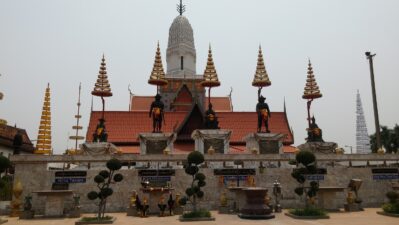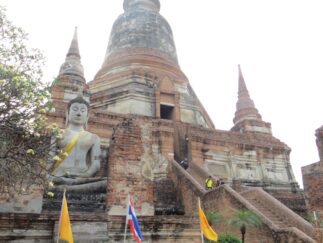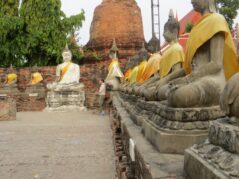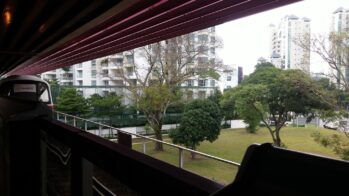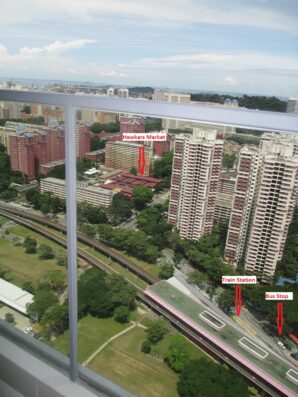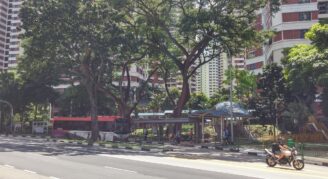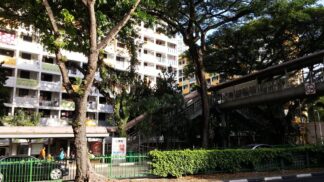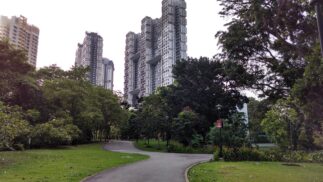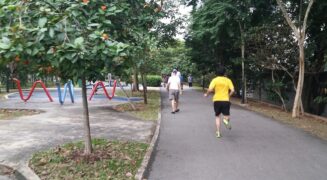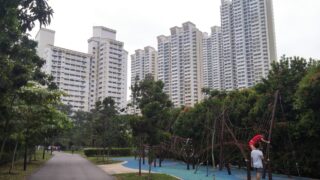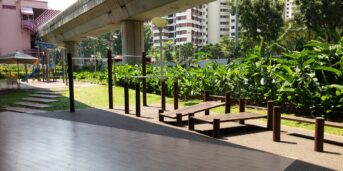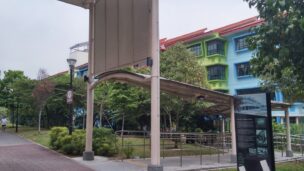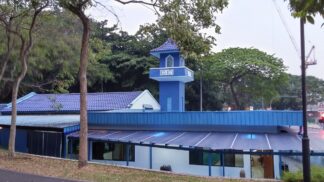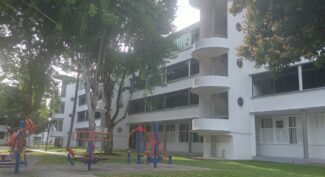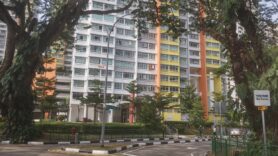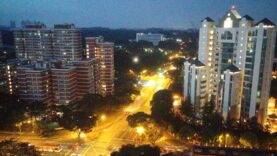We really saw Sydney over eight days. Lovely, fun, so much to do. Instead of seeing a lot of Australia by taking several flights and staying a couple of days at each place (each city or major attraction can be 12 or more hours apart by car) we chose to spend eight days in Sydney and two in the Blue Mountains a couple hours away. We know, we know, there are so many things we didn’t see. But, we wanted a real vacation, relaxing, not hanging out at airports, or having tightly planned itineraries. We wanted to understand this harbour city and what it has to offer. We stayed at the 5 star Intercontinental Hotel two blocks from the Harbor. This was one of the nicest hotels I’ve stayed in with the best buffet breakfast to start our days of site seeing. Even though it was late winter in Australia in late August, it was about 55-65 degrees, a welcome relief to our daily temperatures of 90 degrees in Singapore (see photos below the text. Yeah, I wrote a lot).
Australians seem to live up to their reputation as being very friendly. They call themselves Aussies, but I think also ‘Ozzies’ as in Wizard of Oz. Our Sydney friend, Dani, who now lives in Singapore, goes ‘back to Oz to visit family’, and hoped we enjoyed our trip to Oz. People passing us on the streets would engage us in short conversations, not just hello. One woman passing by said, ‘Good morning! Isn’t it beautiful out? I hope you enjoy your day,’ and then strolled away.
Case in point. I visited my mom in Texas last fall and she reminisced about her world cruise eight years earlier. My mom, the social butterfly, met two lovely men, Alan and Albert, from Sydney on this cruise and the three really bonded. Since Gene and I were visiting their city in nine months I thought I’d try an internet search and give them a ring. I left a message and they kindly called back. I explained who I was and that Gene and I were going to visit. They generously offered to show us around Sydney and the Blue Mountains for two days, in their Bentley no less! This personal tour helped us to see many more beautiful sights and landmarks than we could on our own, and understand the many neighborhoods all around Sydney. We couldn’t have imagined anything better.
The artistic and comfortable feel of this city is everywhere, through architecture, urban design with its beautiful parks, outdoor dining and markets, art galleries, performance spaces, and inviting neighborhoods. And, the water. Sydney Harbour is stunning and the beautiful Sydney Harbour bridge is truly a gateway. It frames the iconic Sydney Opera House that juts into the harbour, and connects to destinations like Manly which is a lovely community with several gorgeous beaches and home to many people who work in Sydney and ferry back and forth.
Mass transportation here is brilliant. The water taxis, ferries large and small, whale watching boats, and on land the trains, subways, light rail, and bikes are abundant. Riding in a car or taxi, on the other hand, is rather frustrating because of the congestion. The octopus like land features due to the many waterways certainly help this problem. And, this is a very hilly city. Walking from one neighborhood to another is fun to do but will require taking a couple of steep outdoor stairways that have been cut into the rock. These stairways are not marked, but seem to appear when you need them.
Animals. Australian animals. Like no other. It is very true what they say. On our first day out with Alan and Albert, we saw Kookaburras sitting in trees in a park, Ibis, large birds with curved beaks, and Sulphur-Crested cockatoos, giant white birds like our domestic birds, and Rainbow Lorikeets, which look even brighter than out parrots. The cockatoos and Lorikeets are considered pests who love to land on your restaurant table and eat sugar packets and anything else available.
Leaving from the Sydney Harbour, we went whale watching and were thrilled to see several juvenile whales playing in the Pacific Ocean. They breached a couple of times where we could see them somewhat airborne and landing with a dramatic splash. They seemed happy to hang around. Getting photos of these whales were unsuccessful which is not surprising. Our boat really rocked and rolled, it was hard enough to stand still.
The Sydney Fish Market was very fun to see. Many locals didn’t think it was of great interest, but to Midwestern Americans it was marvelous. As an avid cook, it was fun to see so much fresh and exotic fish and seafood. We had a great lunch outside the market, along with the seagulls and pelicans.
We saw some great live music at a basement bar, and “Matilda the Musical” at the Sydney Lyric Theatre in the Darling Harbour area. The singer was really good, but the musical was fantastic! It was performed by the Royal Shakespearean Company and the lead child actress playing Matilda was incredible. We didn’t know this Roald Dahl story, but boy did the audience know it. When walking out of the theatre, I asked Gene about not understanding a point in the story when the woman next to us who grew up with the book enthusiastically explained the scene. She was so happy to bring her daughter to see this story she grew up with.
On one of our eight days, we spent it in Manly, the lovely enclave across the bay from Sydney. It is a suburb of sorts where many people live who work in Sydney. They take the 20 minute ferry everyday and you couldn’t have more lovely views. There are at least three beaches in Manly. On the ocean beach we watched surfers, and many walkers with and without dogs on the paved path on a Tuesday during Australia’s winter. We took a beautiful walk into the park that led to a high rocky point that held a naturally occurring pond.
We were delighted to get to know Sydney and Manly. Next stop is to the Blue Mountains with Albert and Alan two hours away.

Susan and Gene in front of Sydney Harbor Bridge and Sydney Opera House

Albert and Alan, our new friends and guides

One of Sydney’s pedestrian friendly harbor shorelines

bridge across the harbor

downtown on the harbor

Kookaburras in park

Susan in front of St. Mary’s Cathedral and a French fountain

View from the Harbor Bridge

Sydney Opera house nearing dusk

Scultpture at the New South Wales Art Gallery

Pedestrians along harbor at night

Susan and Gene on Manly side

One of the many stairways carved into the downtown to traverse this hilly city

The Rocks neighborhood

Indigenous singer at The Basement bar.

Sydney Fish Market tables

Sydney Fish Market, John Dory, one of our favorite new discoveries in Singapore

Path along the water heading to the park

Park in Manly on stone cliff with Pacific ocean beyond

A public swimming pool adjacent to ocean

Gene walking along Manly beach

Susan at Manly beach during its winter

Manly houses along water
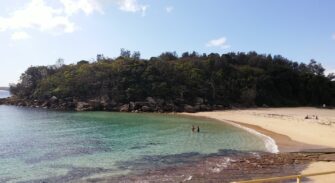
Shelley Beach

Manly bike on beach





















































